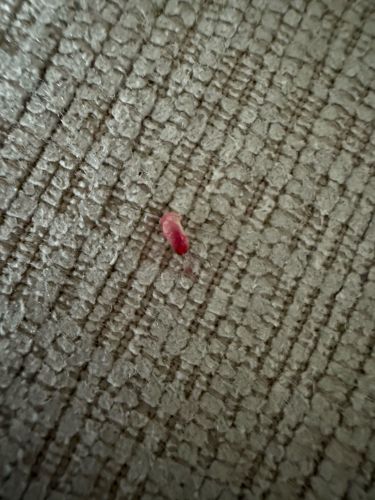Clover Mite
Scientific Name: Bryobia praetiosa
Order & Family: Trombidiformes, Tetranychidae
Size: Approximately 0.75-0.85 mm (about 1/30 inch)

Natural Habitat
Outdoors, they lay eggs in protected cracks and crevices of trees or structures. Indoors, they may be found around windows, walls, and furniture, especially in cooler spring and fall months.
Diet & Feeding
Plant feeders, primarily feeding on clover, grasses, and a variety of plants by piercing plant cells and sucking out the contents.
Behavior Patterns
Clover mites are known for mass invasions into homes, especially during temperature changes (cooling in fall, warming in spring). They do not bite humans or pets, but can be a nuisance due to their sheer numbers and the red stains they leave if crushed. They are slow-moving.
Risks & Benefits
Potential risks: Nuisance pest indoors; if crushed, they can leave red stains on surfaces. They do not transmit diseases, bite, or cause structural damage. Benefits: None significant to humans, but they are part of the natural food chain for other arthropods.
Identified on: 11/21/2025